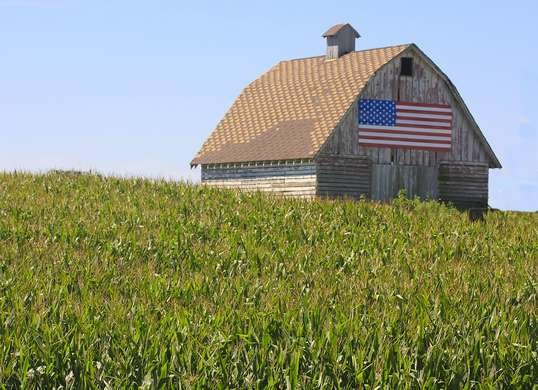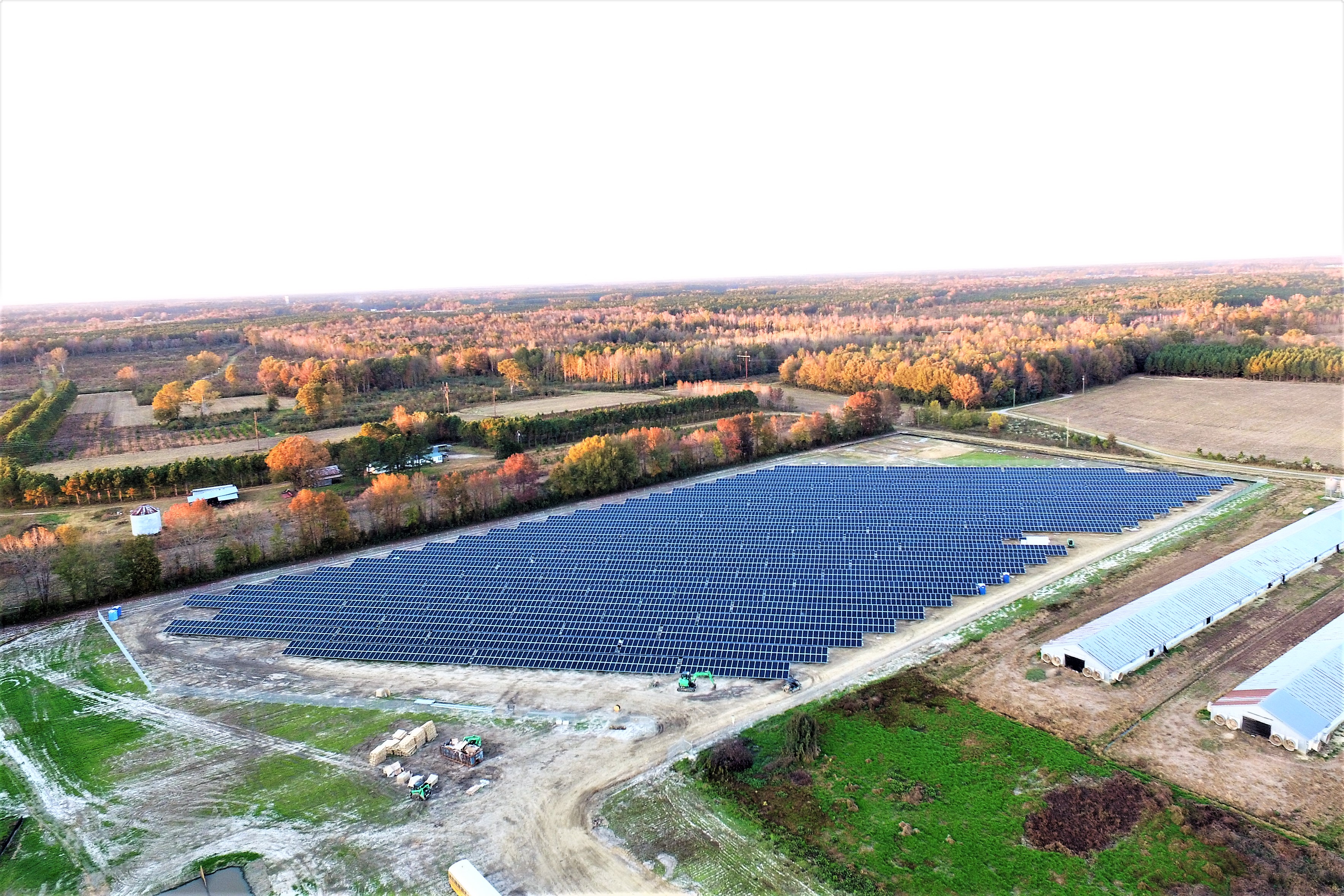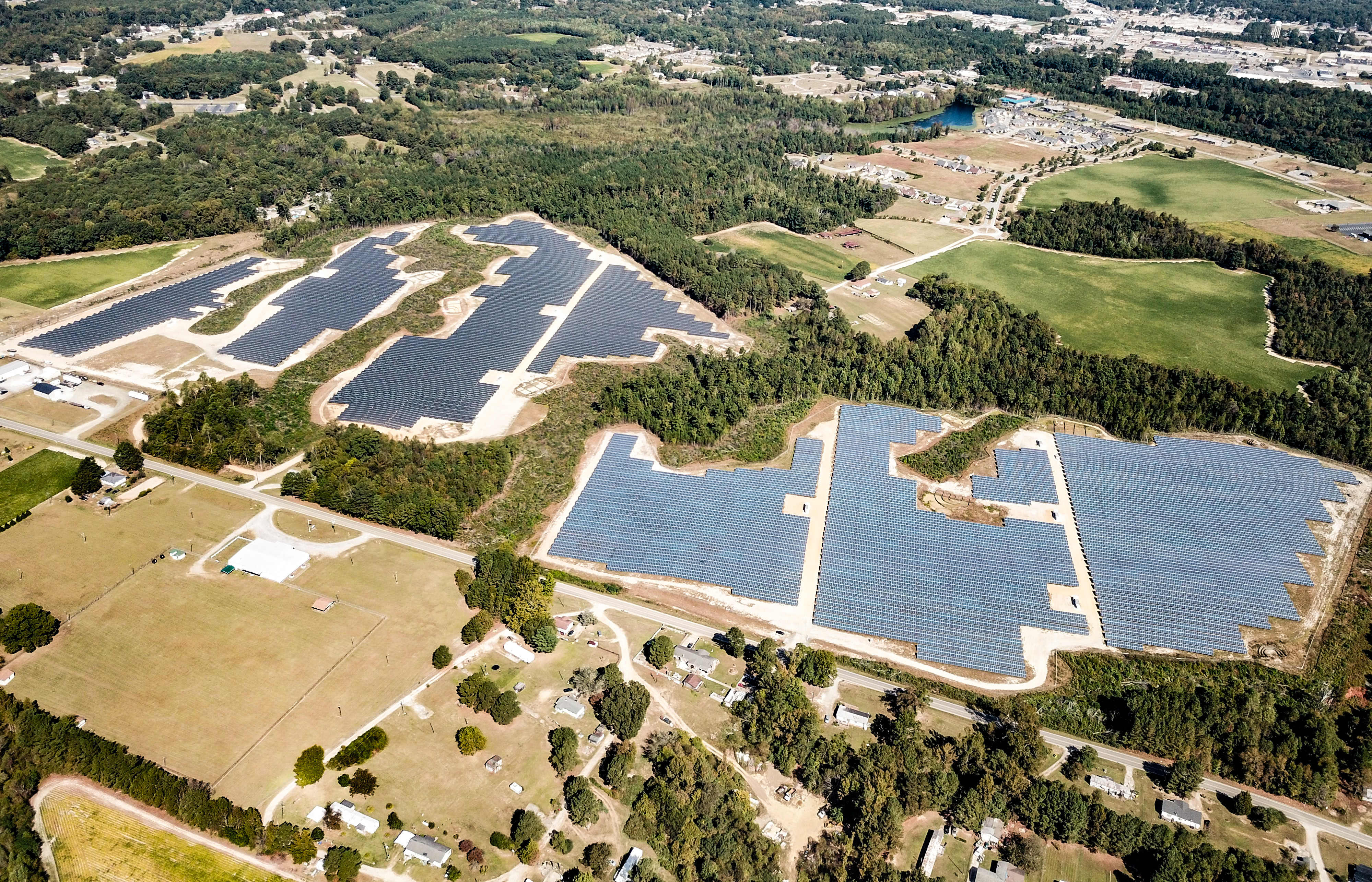NEWBERRY SOLAR FARM
74.95 Megawatts of Clean Energy in Newberry County, South Carolina
Island Ford Rd. Newberry County, SC
The Newberry Solar Farm will generate locally-produced renewable energy, while preserving air, water and land.

The Solar Project will generate Employment Opportunities in the local community, bringing approximately 100 full time equivalent construction jobs to Newberry County along with numerous ongoing employment and contracting opportunities over the life of the farm.


At the end of its useful life, the land underneath the Solar Project will be restored back to its pre-construction condition. All structures and materials will be removed from site, and the solar farm will be decommissioned.

The Solar Project is being developed by Ecoplexus Inc. (“Ecoplexus”). Ecoplexus was founded in 2007 and is a leading international, integrated renewable energy and energy storage developer, owner, and operator with a proven record of development, construction and operation. Ecoplexus develops, owns and operates utility- scale solar photovoltaic (PV) farms in the 10-600 MW range. To date, the Company has constructed and financed over 80 farms. Currently, Ecoplexus Inc. manages a construction and development pipeline of over 7,500 MWs across the U.S., Asia and Latin America, while additionally providing operation and maintenance (O&M) services to owners for approximately 55 farms. Ecoplexus has offices in Durham, San Francisco, Dallas, Mexico City, Tokyo, Seoul, Tapei and Ho Chi Mihn City.